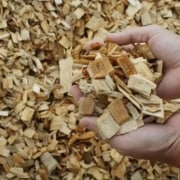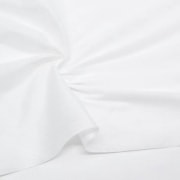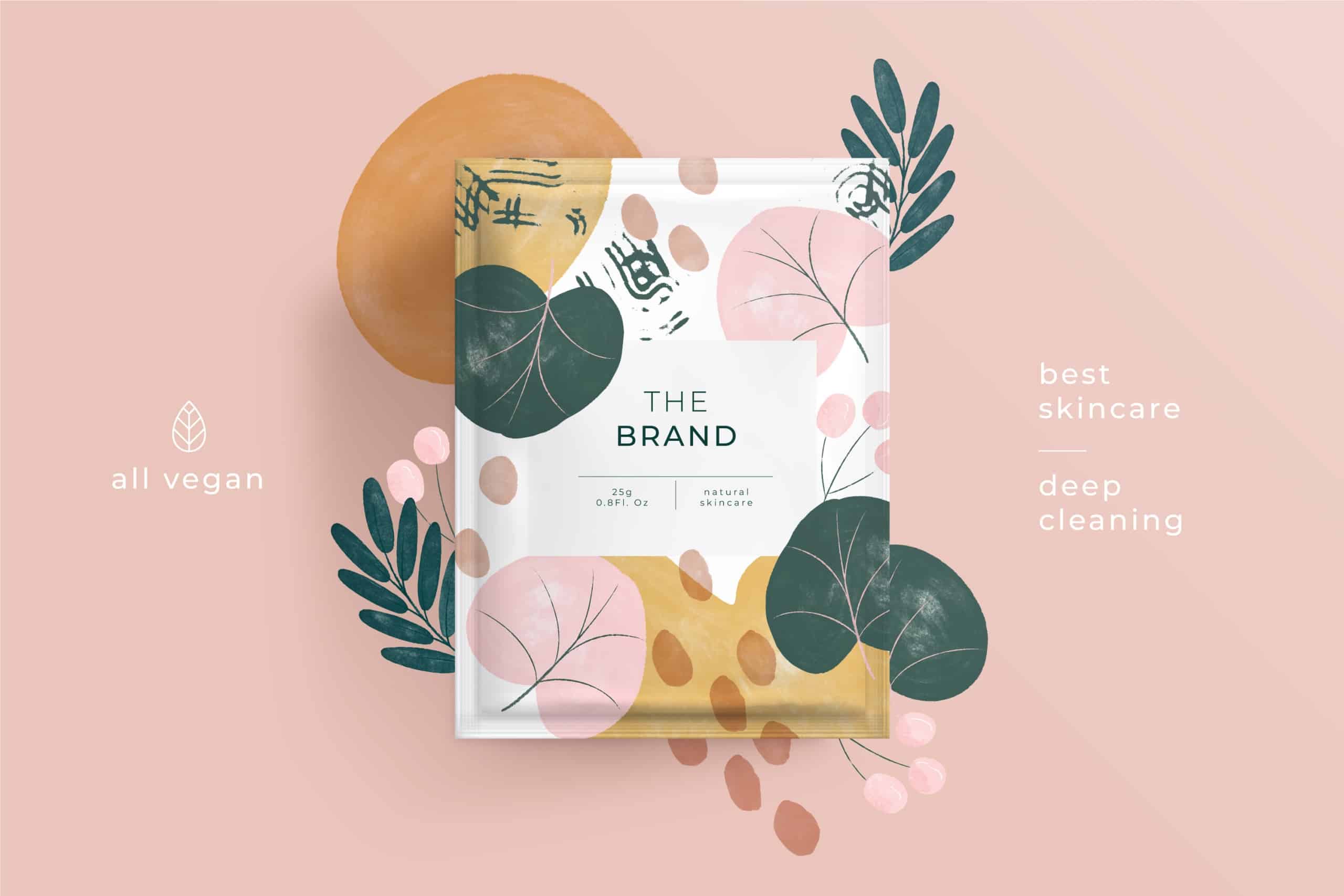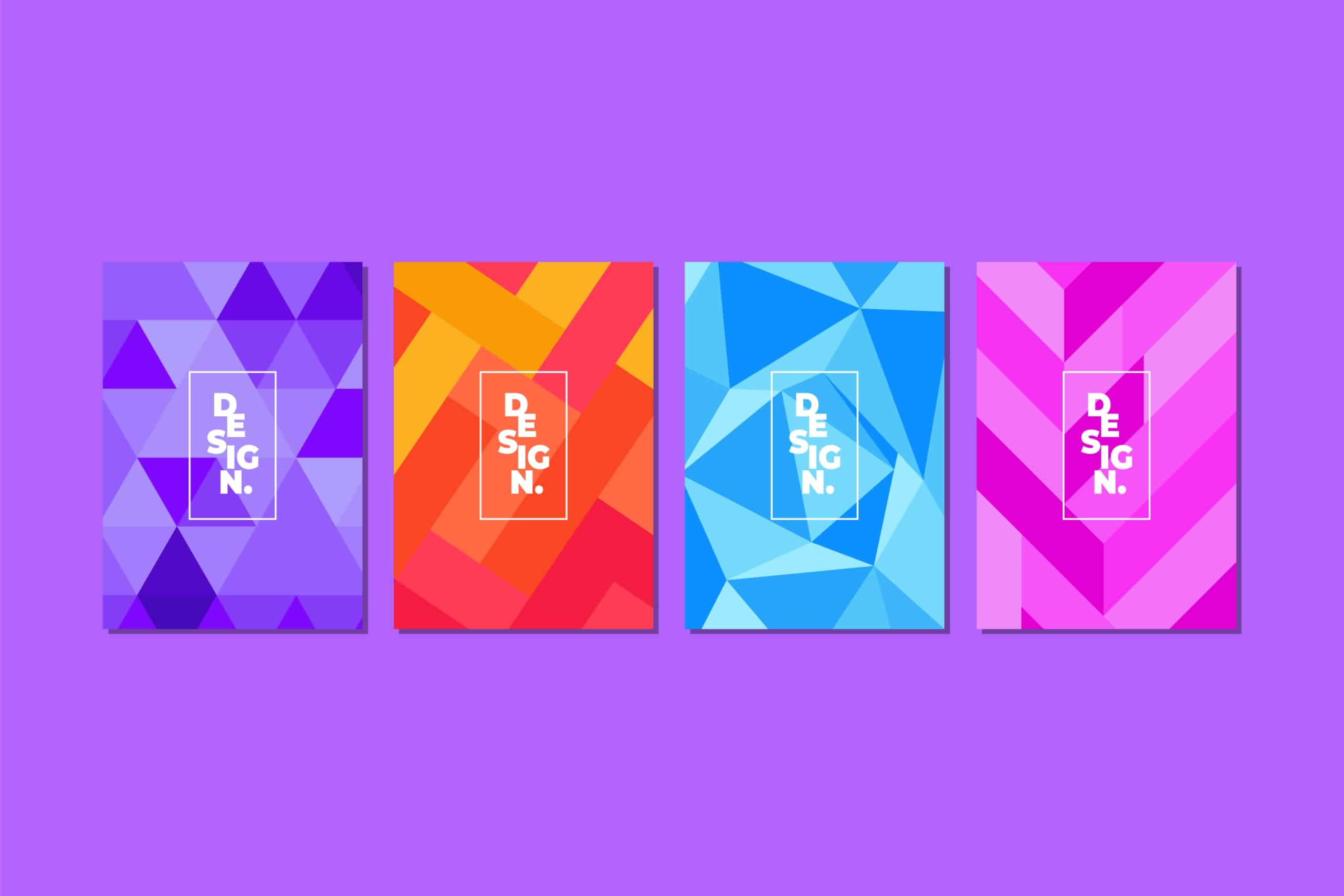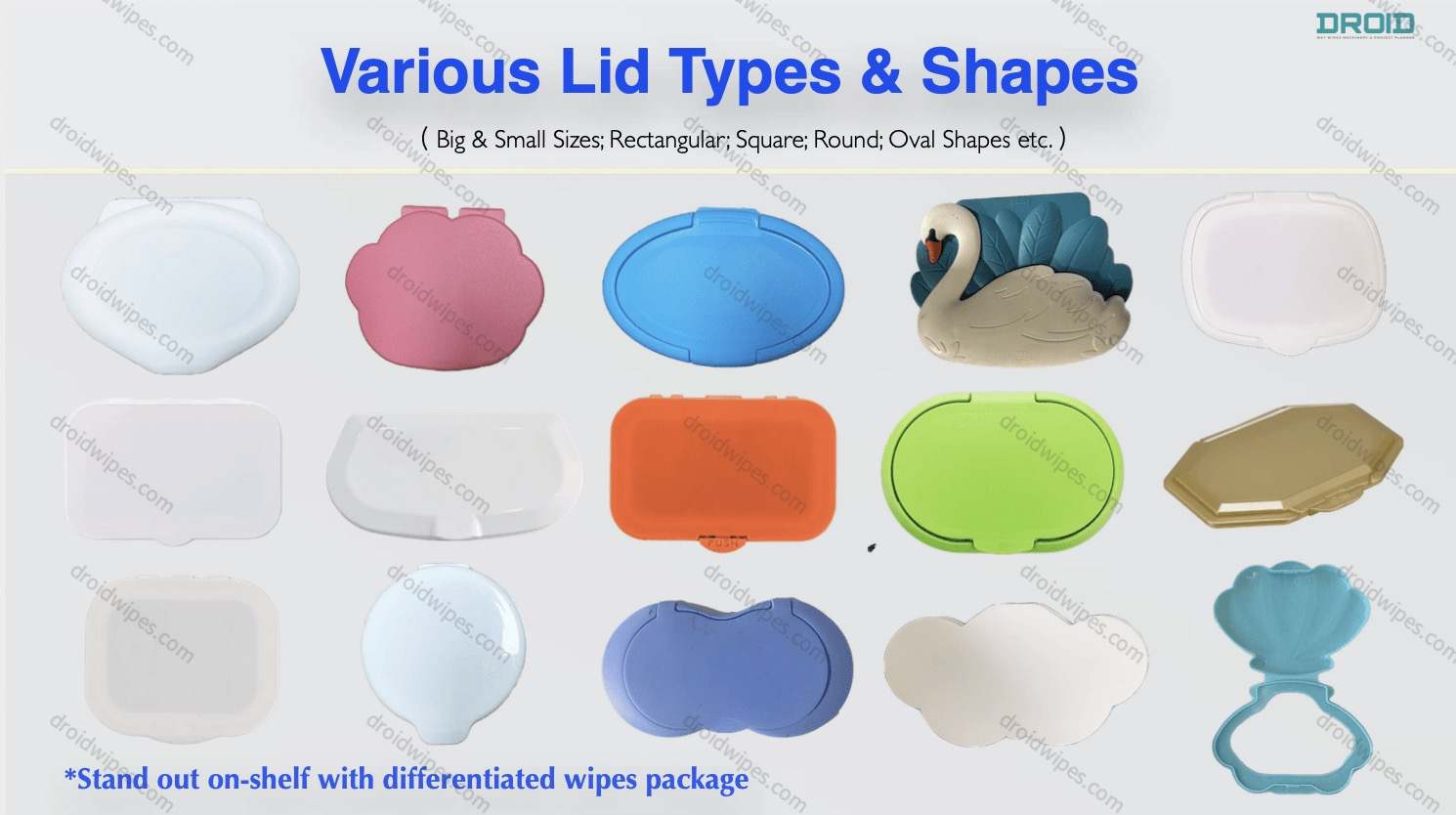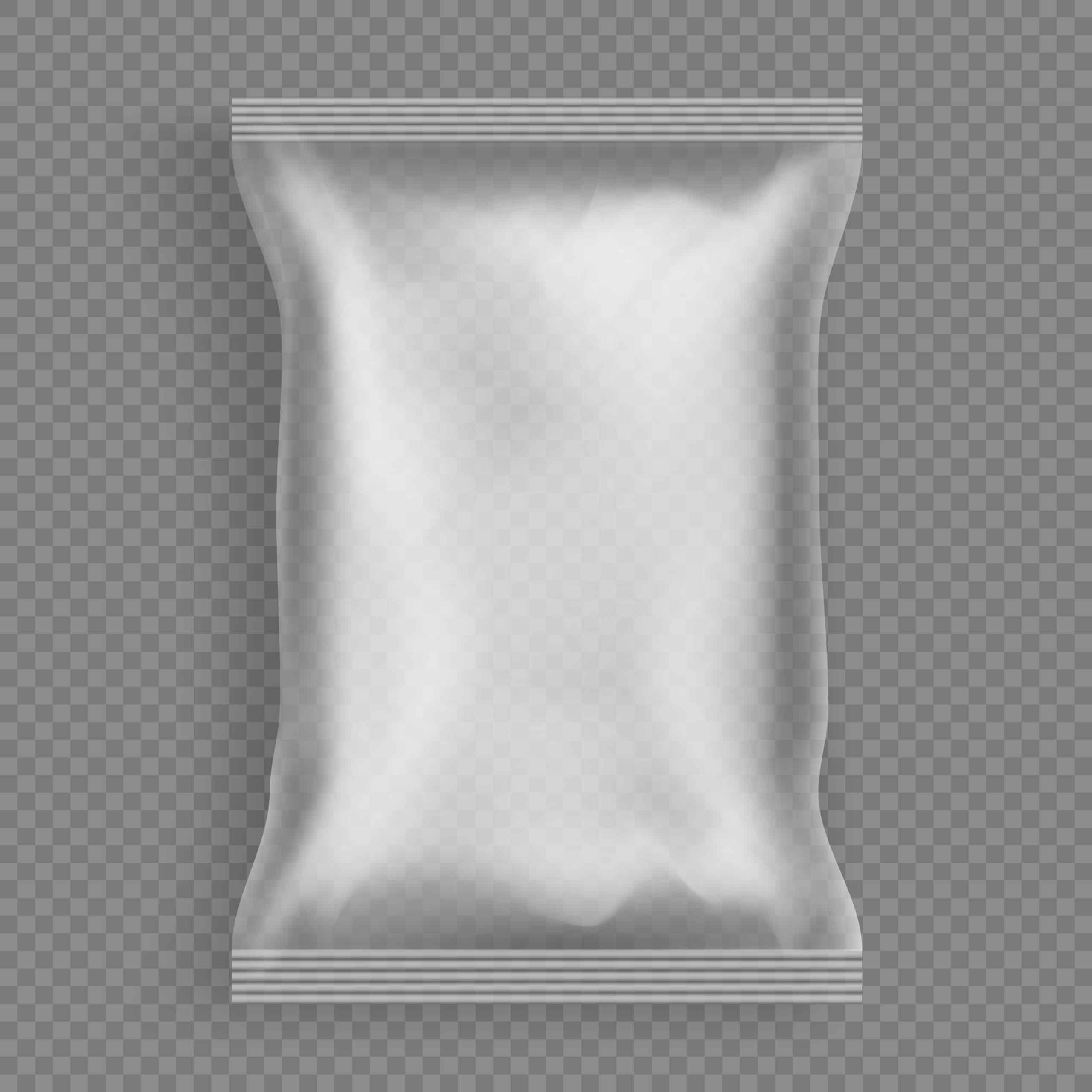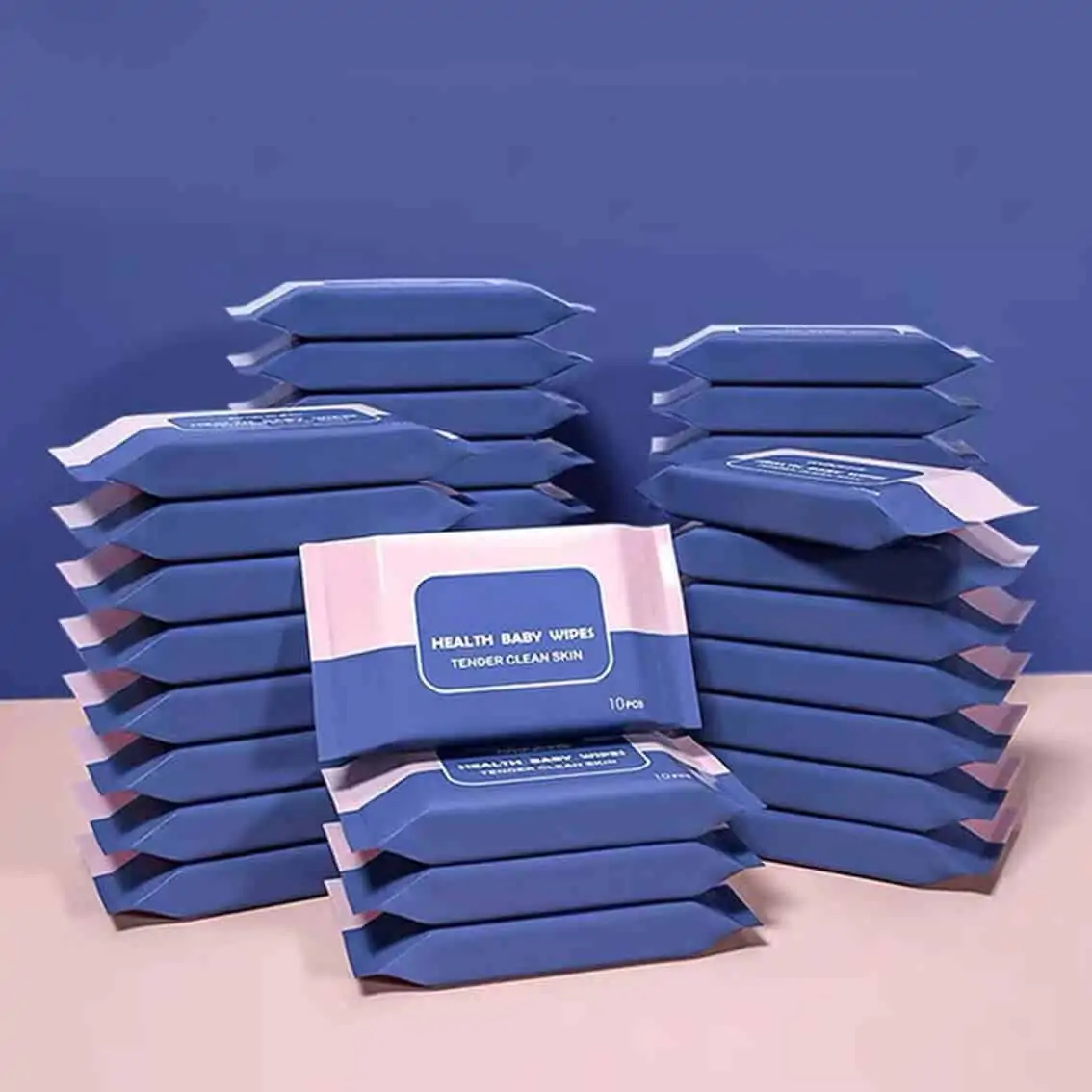Trend 1: Sustainable Packaging
Sustainability is one of the most important trends in wet wipes packaging design. As awareness of the environment grows, customers seek out environmentally beneficial options when making purchases. Wet wipes manufacturers are working on sustainable packaging solutions in response to this demand. Wet wipes packaging uses recyclable, compostable, and biodegradable materials to reduce its environmental impact.
Paper, cardboard, bioplastics, and recycled polymers are a few common sustainable packaging materials. These materials are reusable or recyclable and can be remade to minimise waste. In addition, sustainable packaging typically incorporates designs that utilise fewer resources, such as smaller packaging or more efficient structures.
Multiple benefits are associated with sustainable packaging. Sustainable packaging helps to conserve resources and decrease pollution by reducing waste. As customers become more sensitive about the environmental impact of the products they purchase, it also helps to create a positive brand image. Sustainable packaging can also save businesses money by reducing their material costs and increasing their efficacy.
Trend 2: Minimalism
Minimalism is a style of design that emphasises simplicity and the use of few elements. Minimalism in packaging design typically entails using simple, clear designs with a limited colour palette and minimal text and illustrations.
This creates a feeling of openness and helps the product stand out on the shelf. Using uncomplicated typography and clear lines can contribute to a modern, sophisticated appearance.
One of the benefits of minimalism in packaging design is that it may assist in expressing a sense of purity and sanitation, which is especially essential for personal hygiene products, especially wet wipes. A basic, clear design can help develop confidence among customers by expressing a sense of sincerity and openness.
A further benefit of minimalism is that it can be cheaper than elaborate designs because it demands fewer materials and fewer printing. This can be particularly essential for businesses seeking to cut costs or develop a more environmentally sustainable product.
Trend 3: Bold Colours and Patterns
Bold colours and patterns are a prevalent trend in packaging design that offers an enjoyable, whimsical appearance and makes products stand out on store displays. This trend is especially prevalent in packaging for wet wipes, as it differentiates between various varieties of wipes and appeals to a youthful demographic.
When using bold colours and patterns in packaging design, it is essential to keep the overall design plain so as not to overwhelm the consumer. A limited colour palette with one or two striking hues may produce a strong visual impact while sparing use of patterns can add visual interest without appearing overcrowded.
Additionally, strong colours and patterns can be used to strengthen brand identity and establish a sense of uniformity across product lines. For instance, a company may apply the same colour or pattern to all of its wet wipes so that customers can readily identify them on the shelf.
Trend 4: Custom Shapes
In packaging design, custom shapes are those designs that are neither square nor rectangular. Custom shapes can add visual appeal to packaging and help products stand out on store displays, especially for wet wipes, which frequently compete with similar products in congested store areas.
Additionally, custom shapes can be employed to emphasise brand identity while providing a powerful visual impact. To further emphasise its brand values, a company that offers eco-friendly products can decide to design their wet wipe packaging in a shape related to environmental elements.
The primary benefit of custom shapes is that they can be adapted to the product’s specific requirements. For example, packaging for wet wipes intended for travel may be designed in a small format that fits effortlessly into a purse or satchel, while packaging for a larger pack may be designed to fit conveniently on a shelf or countertop.
Trend 5: Transparency
Transparency is a packaging design trend that emphasises the use of transparent materials, such as plastic or glass, so that customers can see the product. This trend is especially prevalent in packaging for wet wipes, as it allows customers easily determine the type and quality of the wipes by just looking through the packaging.
In addition to creating a sense of openness and honesty, transparent packaging allows customers to observe precisely what they are purchasing. This can be especially essential for products such as wet wipes, where customers may be concerned about the product’s quality or ingredients.
In addition to fostering a sense of openness and honesty, transparent packaging can create an optimised, modern appearance that attracts younger customers. The adoption of minimalistic designs with simple typography and clear lines can create a visually enticing and functionally sophisticated appearance.
Trend 6: Multi-functional Packaging
Multi-functional packaging is a design trend that emphasises the use of packaging that may fulfil multiple functions. This trend is particularly prevalent for wet-wipe packaging, as it may render the packaging more convenient and beneficial for customers.
Multi-functional wet wipe packaging includes designs with resealable openings that maintain wipes fresh, built-in dispensers for simple access and storage, and packaging that can be reused for other purposes, such as storage containers.
As customers are able to employ the packaging beyond its intended purpose, the application of multi-functional packaging can generate a sense of value for the product. As packaging that can be reused or reprocessed can help decrease waste, this is also an environmentally friendly option.
In addition to providing customers with an impression of value and convenience, multifunctional packaging can be used as a marketing tool. For instance, a company that offers eco-friendly products may decide to design its wet wipes packaging in a manner that pushes customers to reuse the packaging for other purposes, thereby promoting its brand values and connecting with environmentally-conscious customers.



